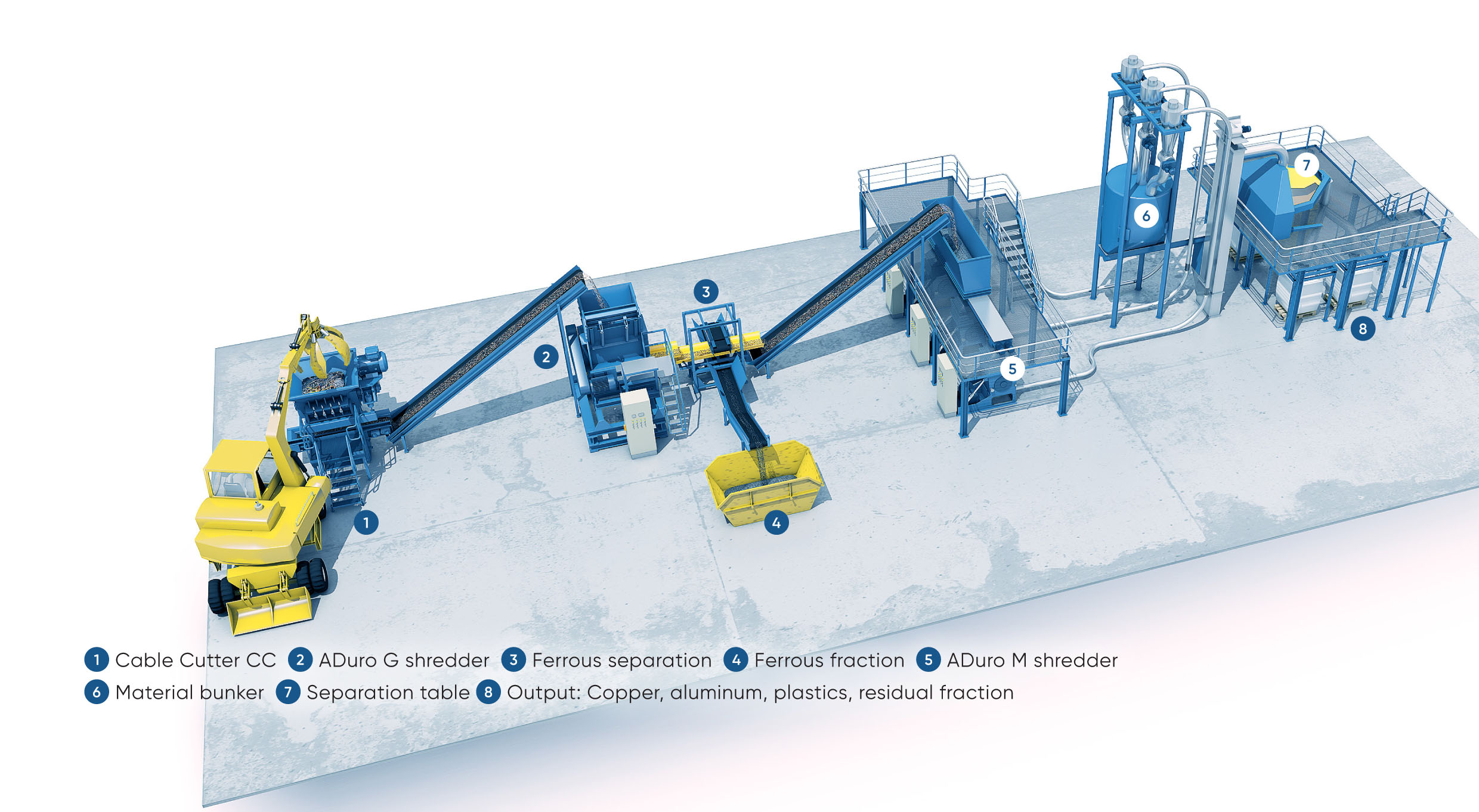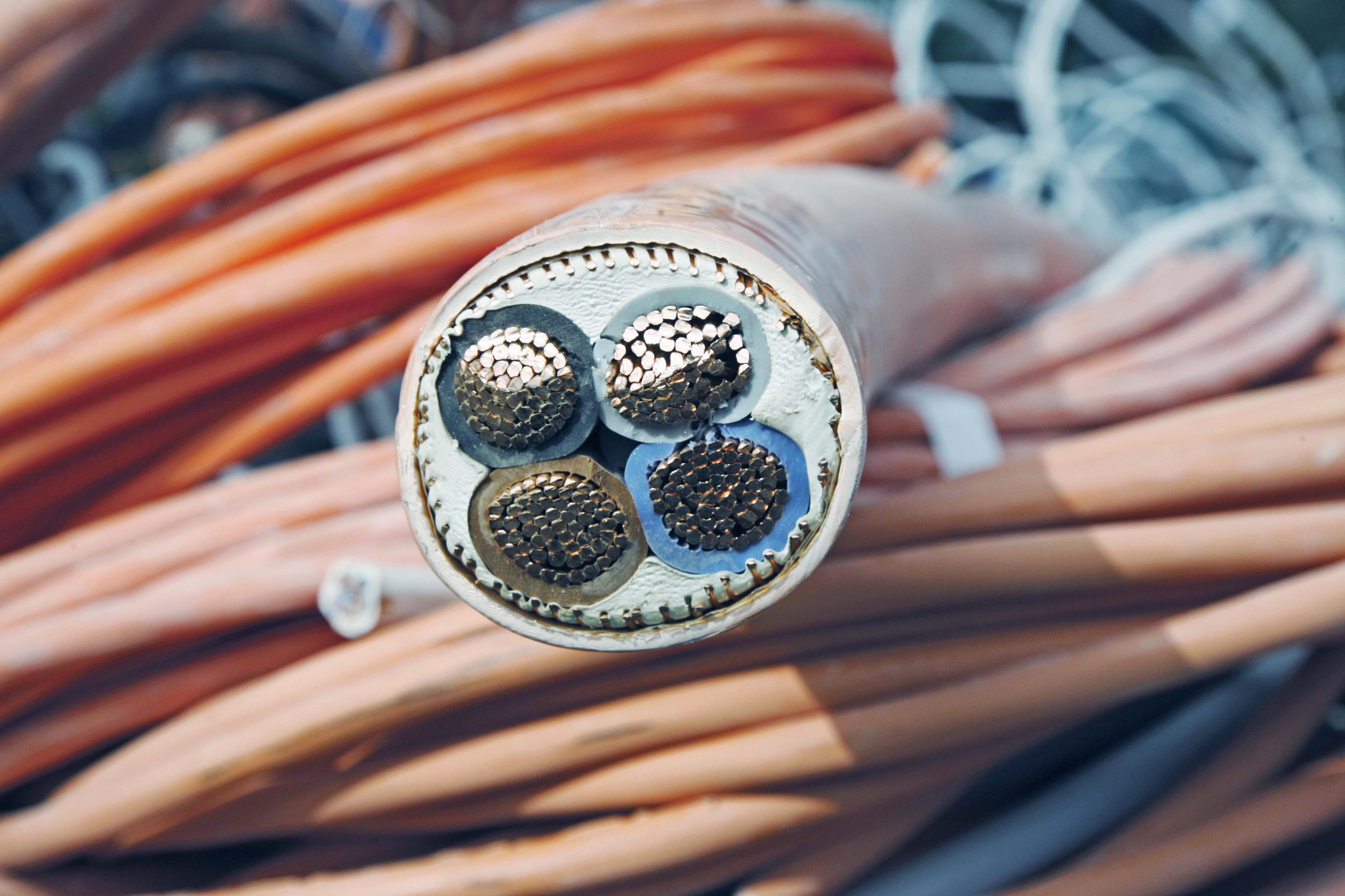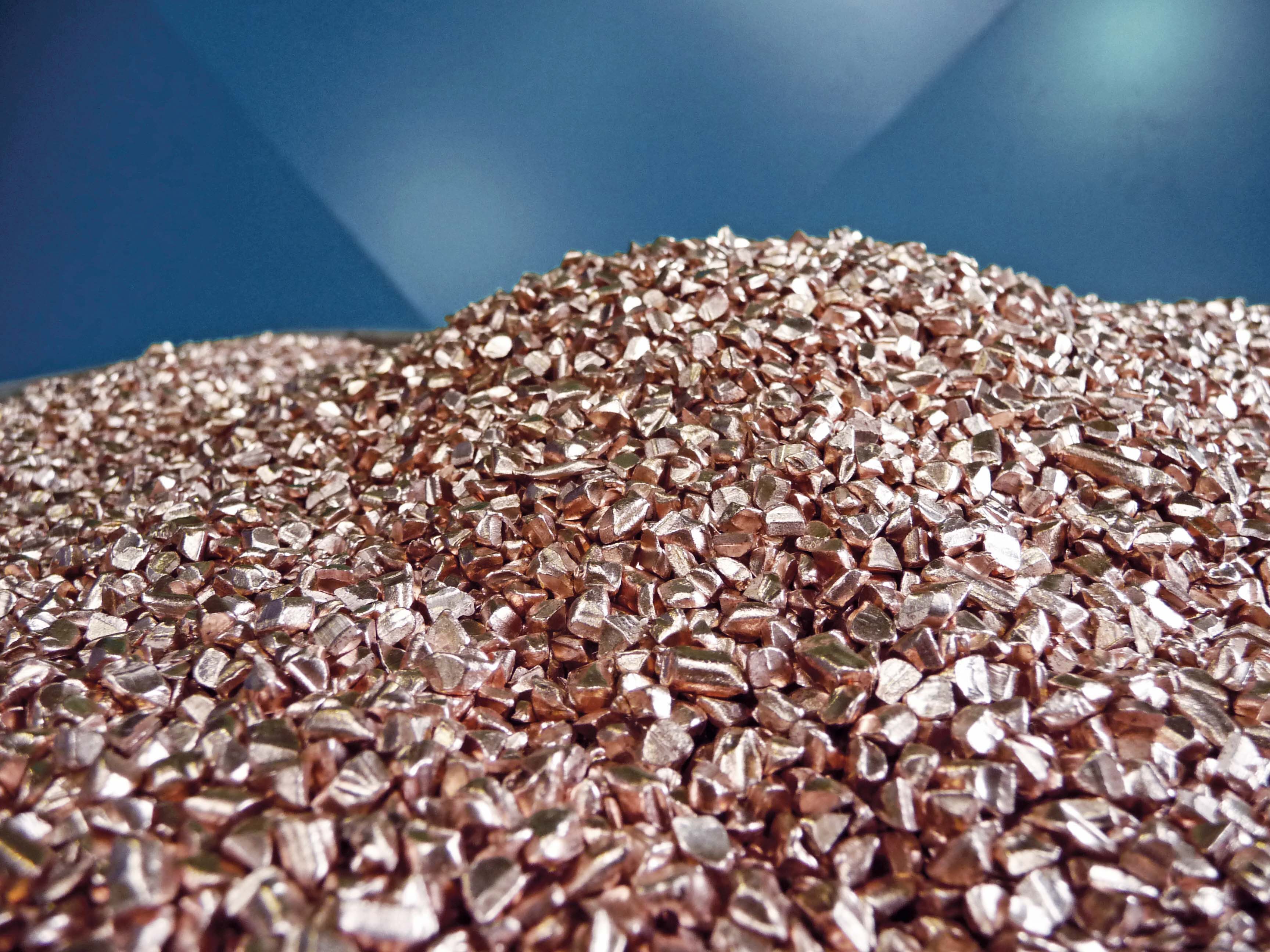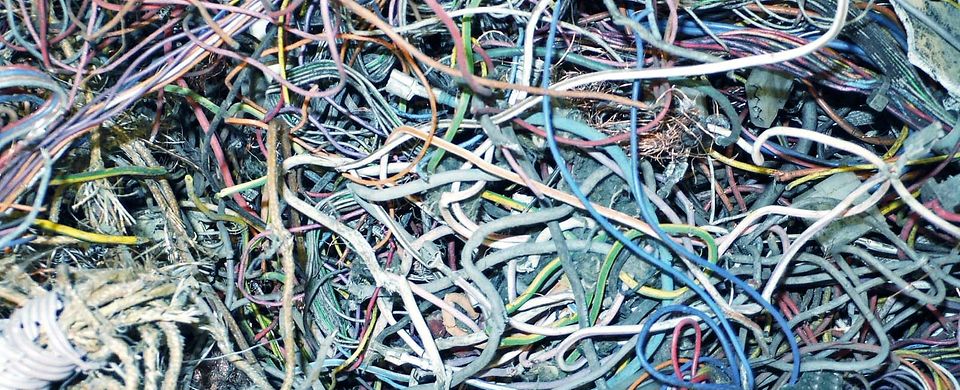Input
- Household cables
- Power cables
- Underground cables
- Copper/aluminum cables
- High-voltage cables
There are many different types of cables with a variety of different material compounds: flexible wire cables, household cables, power cables, underground cables, copper and aluminum cables, and high-voltage cables with V-PE sheaths. Inherently, the strands in the core are valuable as a secondary raw material due to the high metal content. In most cases, the individual materials in the cable or flexible wire adhere very closely to one another. To expose and process these fractions requires recycling technology that produces small grain sizes for optimum separation.
ANDRITZ Recycling supplies complete processing lines for all types of cable and wire waste, and has many years of experience in doing this. Individual metal fractions are recovered with nearly 100% purity due to the technology employed for pre-shredding, granulating, sorting, and separating.

Cable recycling plant


